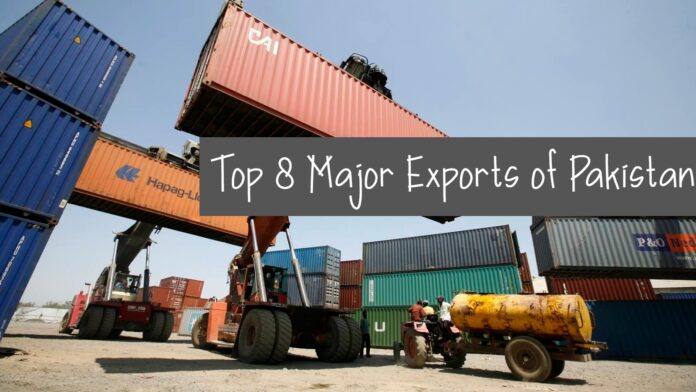Pakistan is a land rich in natural resources and produces incredible goods. They sent these items and products to various countries throughout the world. Today, we’ll take a look at some of the Top exports of Pakistan.
Imports and exports of Pakistan are critical components of the country’s economy; increasing import rates has a negative impact on the economy, whereas increasing export rates shows that the country’s competence is improving, and its economy is steady.
Many countries and international organizations have bilateral and multilateral trade agreements with Pakistan. It has good relations with them and import as well as exports many products to these countries and regions.
List of major imports and exports of Pakistan:
Some of the major imports of Pakistan are petroleum products, palm oil, petroleum crude, iron, and steel. While the major export products are leather products, textile and garments, mangoes and oranges, carpets, chemicals, rugs and many more.
According to news reports, Pakistan’s export situation is improving day by day. Despite the pandemic situation, it has been noticed a significant improvement in the export industry.
As per the statement of PM’s Adviser Abdul Razzak Dawood, the country’s export growth rose 18% during the last financial year. While in the first few months of the current fiscal year, according to the commerce ministry, Pakistan’s exports surged 14 percent to $22.6 billion, showing a swift return to pre-pandemic levels.
Major Exports of Pakistan:
In this article, we will discuss all time highest revenue generating exports products of Pakistan. Pakistan is known for these products all over the world.
Mangoes:
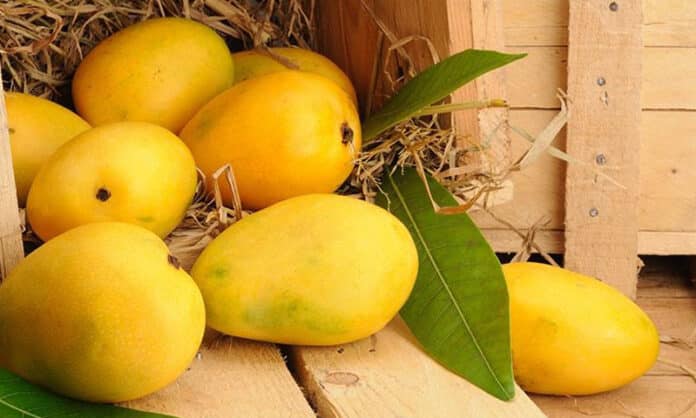
Pakistan is the world’s fifth largest mango producer, while mangoes are considered being the national fruit of Pakistan, therefore it’s no surprise that it sells mangoes in large quantities all over the world. Mangoes, in fact, are Pakistan’s second-largest export, accounting for $127.5 million of the country’s overall export revenue this season.
Mangoes from Pakistan are in high demand in the Middle East, Europe, Japan, Hong Kong, Germany, and Australia. Chaunsa, Sindhri, Langra, Dasehri, Anwar Ratool, Saroli, Toota Pari, Fajri, Neelum, Almas, Sanwal, and Desi are among the 110 varieties of mangoes grown in Pakistan.
Mangoes in Pakistan range in size from 2 to 10 inches in length and weigh between 8 and 24 ounces. Unlike the round, bright red mangoes found elsewhere in Asia, the mangoes grown in Pakistan are brilliant yellow and kidney-shaped. Mangoes come in a variety of shapes and sizes, including oval and round.
Mangoes of export quality have less fiber and have a little turpentine flavor. This is due to the fact that high-quality fruits are produced in soft water with natural fertilizers rather than hard water with artificial fertilizers.
Sea food:
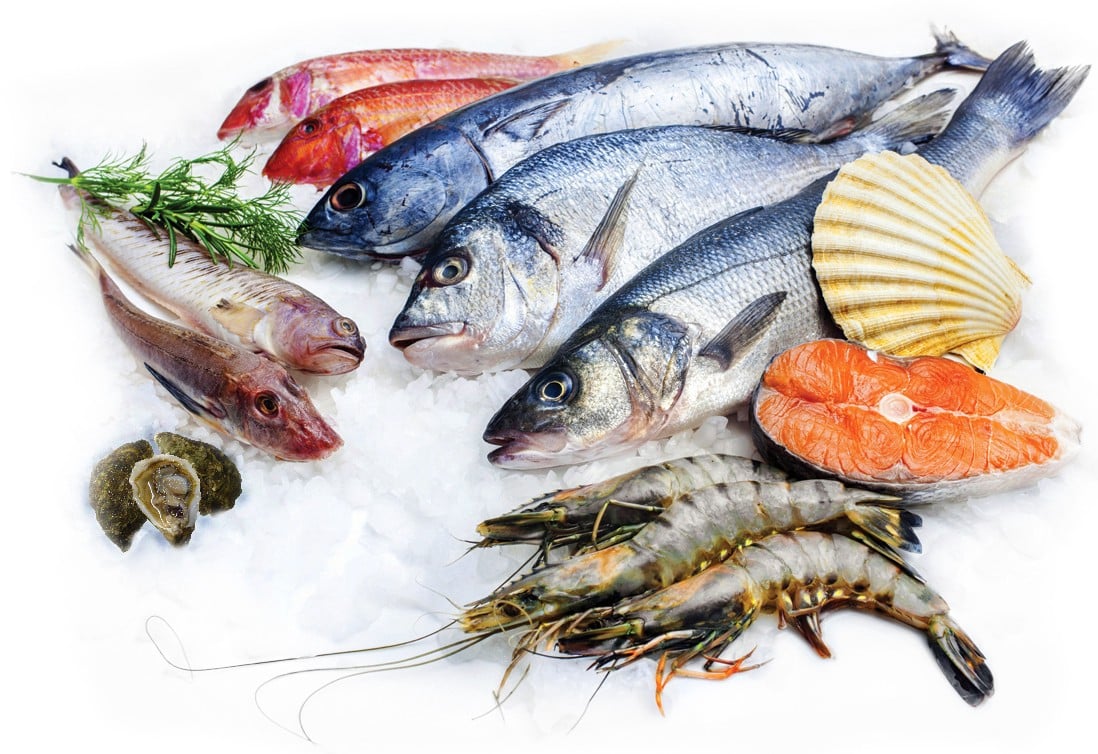
Out of total exports of Pakistan, sea foods items are the main and prominent ones, to be exported at large scale to various countries of the world.
Pakistan exports a large number of nutritious and quality shrimp and prawns each year, and in 2017 and 2018, the country transported $264.18 million worth of fish abroad, primarily to the European Union and China.
While, according to the Pakistan Bureau of Statistics, seafood exports in July-March (2019-20) totaled $317.307 million, up from $293.895 million in July-March (2018-19). This represents an increase of roughly 8%. (PBS).
Fish, crab, lobster, and shellfish are among the seafood exports from Pakistan. At the moment, exports total roughly 350 million dollars. Silver Seafood, Blue Ocean Ltd, GODACO SEAFOOD CO. LTD, OFCO Group, and Mehran Seafood Karachi are some of Pakistan’s most important seafood suppliers.
Rice:
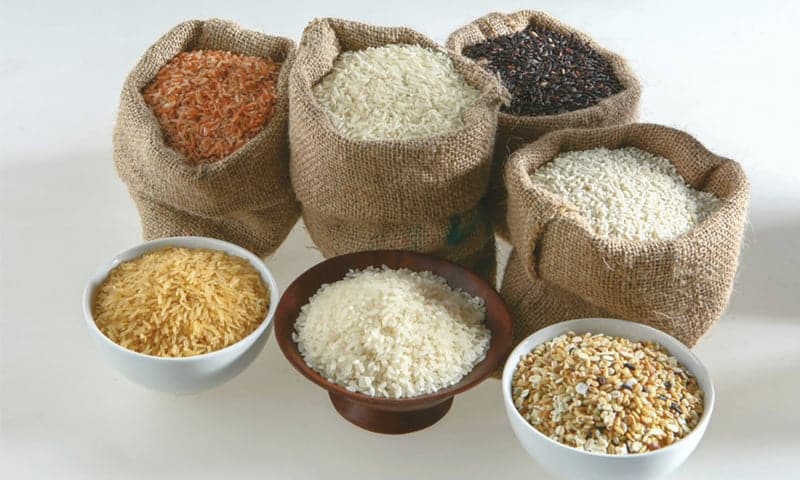
Pakistan is known for producing high-quality basmati rice, which is subsequently supplied to a variety of nations, include Oman, the United Arab Emirates, Kenya, Thailand, & Jordan. According to reports, Pakistan annually exports around $800m basmati rice.
Pakistan is ranked number 12 in terms of rice production and top five in terms of rice exportation. Basmati and IRRI are the two main rice cultivars exported from Pakistan.
In Pakistan, Hafizabad is called as “city of Rice” because it has the largest rice market of the country and various types of Rice are being cultivated in it.
In the year 2018, the country exported approximately 3 million metric tons of rice for US$1.224 billion, which boosted the country’s economy.
Rice exports are improving, which is great news for our country’s economy. REAP (Rice Exporters Association of Pakistan) members are actively working to enhance rice exports.
Cotton:
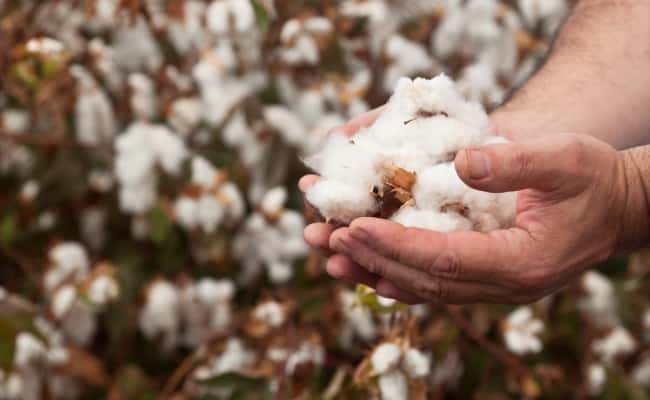
Pakistan’s cotton output is crucial to the country’s economic growth. The cotton industry and its allied textile business are crucial to the country’s economy, and the crop has been given top priority. Pakistan has been exporting raw cotton, yarn, and grey cloths in addition to finished textiles and clothing.
Cotton is the country’s most valuable export crop, accounting for 80 percent of the country’s oilseed production, including lint and seed for oil & meal.
Punjab, which has the best conditions for cotton production, produces roughly 70% of the country’s cotton, following by Sindh, which provides 28%. Cotton is farmed on 4.7 million acres in Punjab each year, producing 7 million bales and yielding 700 kg/ha of lint.
Cotton is exported from Pakistan to China, Germany, the United States, the United Kingdom, France, Russia, Italy, Spain, Canada, Brazil, Australia, and the Netherlands.
During 2017 and 2018, Pakistan exported 33,683 metric tons of cotton fiber, spun, and raw cotton worth an estimated $55.551 million, as well as 332,325 metric tons of cotton yarn worth $859.716 million and another $8.793 billion in textile products (stitched garments, knitwear, cotton clothes, bedsheets, and towels) over an 8-month cycle.
Surgical instruments:
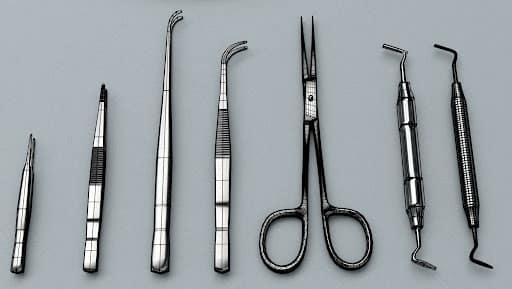
In Pakistan, about 3,600 companies employ 150,000 people to produce high-quality surgical and dental instruments, as well as a variety of other specialized tools using the best raw materials & adhering to the rigorous quality.
Pakistan supplies surgical tools, mainly to the United States, the United Kingdom, Germany, Brazil, France, Australia, and Russia.
In and around Sialkot’s outskirts, the surgical tools sector is mostly concentrated. Sialkot is home to nearly all the country’s manufacturing.
Over 2300 businesses make up the sector, with around 30 large businesses, 150 medium-sized businesses, and the rest tiny. The sector produces around 150 million pieces per year on average, with a market value of Rs 22 billion. Approximately 95% of total production is exported1. The industry is classified as light engineering and has a specialized skill set as well as a consistent export market share.
Pakistan has established unique competencies in this industry to access high-income countries such as Germany, the United States, France, and Belgium, among others.
Leather goods:

This analysis of the Pakistan leather and leather goods business has revealed that it is extremely important to the Pakistani economy. It is one of the three most important export sectors, accounting for 4% of total export earnings and employing tens of thousands of people.
Leather-made bags, coats, pants, shoes, and other everyday wear items are among Pakistan’s most profitable exports. Pakistan exported over $478.85 million in leather goods in 2018, principally to Russia, Italy, France, Canada, the United Kingdom, the United States, Spain, the Netherlands, Australia, and Brazil.
Pakistan, after India, is a major provider of leather garments to the European market. The United States, with a 10.69 percent share in total leather exports from Pakistan, Germany, with a 9.33 percent share, the United Kingdom, with a 7.35 percent share, China, with a 7.1 percent share, and Italy, with a 6.54 percent share.
Cow, buffalo, sheep, and goat skins are used to make leather in Pakistan. In Pakistan, there are approximately 800 tanneries. The leather and leather goods sector in the country is 95% export oriented.
Furniture:

Pakistan produces high-quality furniture in Punjab and exports $8 million to $12 million worth each year to the United Kingdom, Germany, Spain, Italy, and the United States, making it one of the very few countries in the world to do so. However, China is attempting to improve and expand its furniture sector by opening Pakistani stores in major cities.
Pakistan’s furniture sector has been growing rapidly. The furniture market is seeing a lot of new entrants these days. High-end consumers are very interested in our handcrafted furniture. Due to the type of wood used,’sheesham’ (rosewood), Pakistani furniture producers have experience in this field, which adds to the demand for this furniture. Chiniot, Gujrat, Peshawar, Lahore, and Karachi are Pakistan’s top wood-furniture-making regions.
Pakistan exports furniture worth $8 million to $12 million every year.
Oranges:
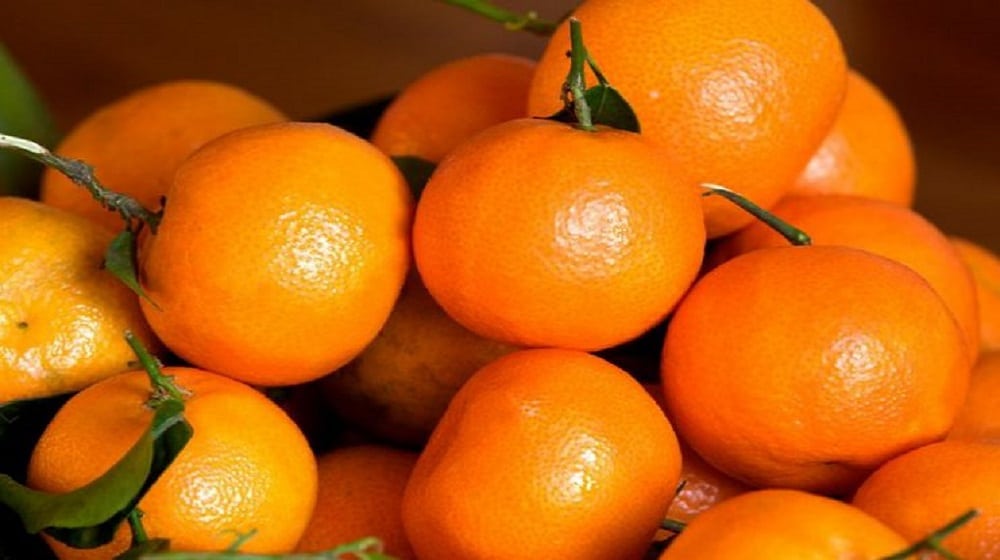
In Pakistan, you can easily buy the greatest quality fresh Oranges (also known as Kinnows), a fruit that Pakistan exported 370,000 metric tons of in 2018 and brought in $222 million. Russia, the Philippines, Iran, Sri Lanka, Indonesia, Singapore, Saudi Arabia, Canada, Bangladesh, Malaysia, and the United Arab Emirates are among Pakistan’s top Kinnow importers.
Citrus fruits are a popular crop in the tropical and subtropical regions, and they require a favourable climate to produce high-quality fruit. Kinnow mandarin is mostly grown in the Punjab plains of Pakistan.
During the 2020-21 fiscal year, Pakistan earned $253 million by exporting the highest-ever kinnow volume of 460,000 tonnes, as global demand for the fruit grew due to its immunity-boosting properties.
Kinnow’s demand has risen dramatically over the world as a result of its critical function in bolstering human immunity against the deadly Covid-19 disease.


